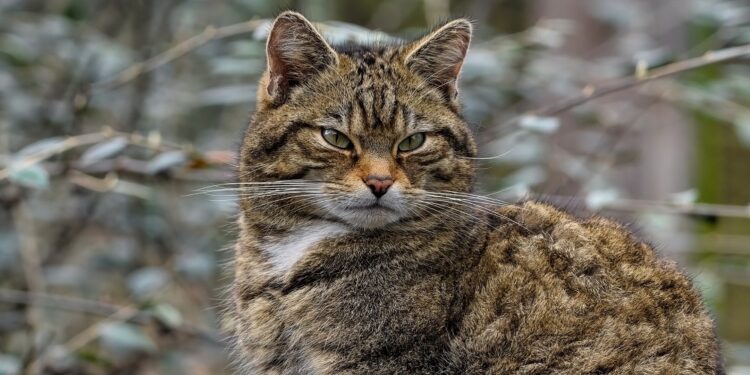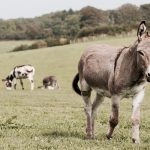
Scottish Wildcat Day
Scottish Wildcat Day is a holiday observed annually on August 8th. It celebrates the European wildcat population in Scotland. Once widely distributed across the U.K., the population has dramatically fallen over the past 100 years due to persecution and loss of habitat.
The Scottish Wildcat is now limited to the northern and eastern reaches of Scotland. On this day, people can learn more about this wildcat and participate in the fight to protect these animals and help rebuild their numbers. These animals face significant challenges, but they are not insurmountable if people take action.
The History of Scottish Wildcat Day
The Scottish wildcat is the only member of the cat family that once thrived across the United Kingdom. It is considered the descendant of the continental European wildcat, an animal that likely colonized Britain after the last Ice Age some 9,000 years ago. The numbers of these animals were once strong, but due to deforestation, their numbers began to dwindle.
During the early 19th century, the wildcat was limited to northern England, Wales, and Scotland. By the midpoint of that century, the wildcat was close to disappearing everywhere but managed to hold on in Scotland, although its range would eventually be restricted to the northwest of the Scottish Highlands. Their numbers have continued to fall throughout the 20th and 21st centuries, but actions are being taken to preserve this species.
In 1981, steps were taken to protect the native wildcat population under the United Kingdom Wildlife and Countryside Act. Scottish Wildcat Day was created shortly thereafter to raise public awareness about wildcats and the dangers they face.
Observing Scottish Wildcat Day
On this day, people can spread the word about this holiday using the hashtag #ScottishWildcatDay. That alone is enough to help the wildcat population by spreading the word about them through the observance of this holiday.
However, we believe that people should do even more to help. This includes learning more about the native wildcat population in Scotland and joining conservation efforts.








